Let's be honest, there's something about a beautifully roasted beef tenderloin that screams celebration. It's the kind of dish that makes you feel like a culinary rockstar, even if you're a beginner in the kitchen. For years, I felt intimidated by the idea of cooking beef tenderloin. It always seemed like something only professional chefs could pull off. But I’m here to tell you, you don’t need a fancy culinary degree to make this delicious and impressive meal.
This article is your complete guide to mastering the art of oven-roasted beef tenderloin, with all the tips, tricks, and techniques I've learned over the years to make it a breeze. We'll be covering everything from choosing the perfect cut to achieving that perfect level of doneness, and even some helpful FAQs to answer all your questions. So grab your apron, get ready to embrace the joy of cooking, and let's dive in!
(Part 1) The Allure of Beef Tenderloin
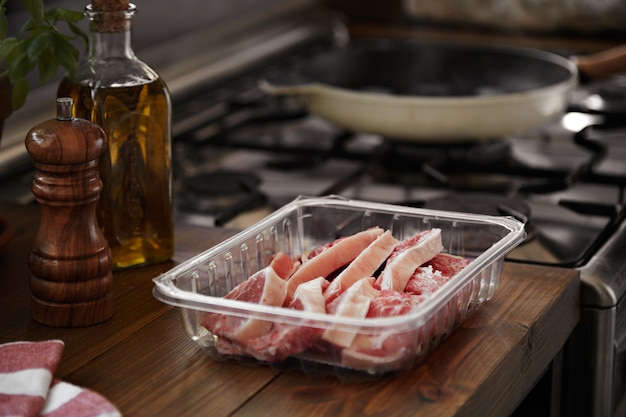
A Cut Above the Rest
Beef tenderloin, often referred to as the "filet mignon" (which is technically a specific cut from the tenderloin), is a cut of meat that always gets the attention. It's known for being exceptionally lean and tender, boasting a rich, buttery flavor that melts in your mouth. This is the kind of cut you want to save for special occasions, holidays, or simply for a luxurious weeknight dinner.
Understanding the Tenderloin
The tenderloin earns its name because it's a long, thin muscle that runs along the backbone of the cow. Since it doesn't do a lot of work, it develops a naturally tender texture. However, because it's so lean, it's important to cook it with care to prevent it from becoming dry. That's where our foolproof techniques come in!
(Part 2) Choosing the perfect beef tenderloin
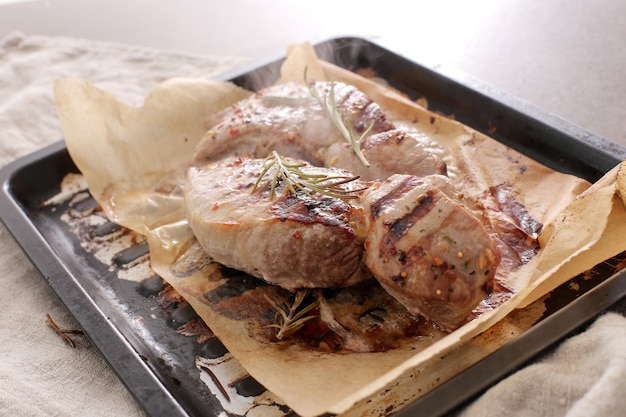
Size Matters
When picking your beef tenderloin, consider the number of people you're feeding. A good rule of thumb is to figure on about 1/2 pound of tenderloin per person. For a crowd, you can always choose a larger tenderloin and trim it down later to your desired size.
The Signs of a Great Tenderloin
Once you've got the right size, here's what to look for:
- Color: A deep, rich red color indicates a fresh and high-quality cut of meat.
- Texture: The tenderloin should be firm and springy to the touch, not mushy or slimy.
- Fat Content: Look for a tenderloin with minimal visible fat. A little marbling is okay, but excessive fat can make the meat greasy.
- Smell: It should have a pleasant, fresh meaty aroma. If you notice an off-putting odor, it's best to avoid it.
Don't Be Shy - Ask for Help!
If you're unsure about which tenderloin to choose, don't hesitate to ask for help! The butchers at your local supermarket are experts, and they’ll be happy to point you in the right direction. They want you to have the perfect cut of meat for your meal!
(Part 3) Preparing for Roast-Worthy Success
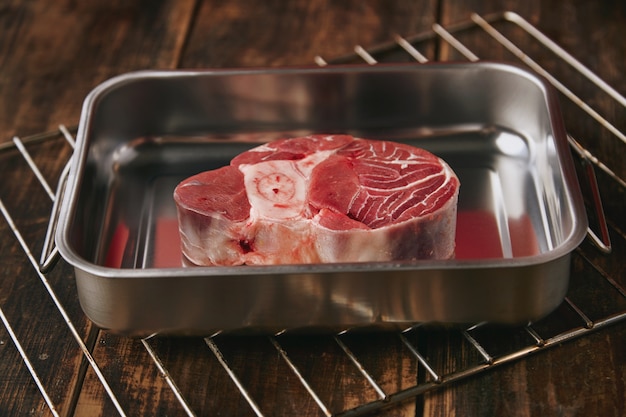
Pat It Dry
Start by patting your tenderloin dry with paper towels. This will help it brown beautifully in the oven and prevent the seasoning from steaming off.
Flavor Fusion: Seasoning with Savvy
This is where you can let your creativity shine! But for beginners, I recommend starting with a simple seasoning mix that allows the natural flavor of the beef to shine through. My favorite is a combination of salt, pepper, and a touch of garlic powder. You can also add a sprinkle of paprika for a subtle hint of smokiness, or a dash of cayenne pepper for a little heat.
The Importance of a Little Oil
Before you season, drizzle the tenderloin with a bit of olive oil. This helps the seasoning adhere evenly and creates a delicious, crispy crust.
Tying It Up: The Key to Even Cooking
If you're working with a whole tenderloin, tying it with kitchen twine is essential. This helps the tenderloin cook evenly and prevents it from losing its shape. Just wrap the twine around the tenderloin at regular intervals, ensuring it's snug but not too tight.
(Part 4) Oven-Roasted Perfection: A Step-by-Step Guide
Preheat the Oven
Set your oven to 425 degrees Fahrenheit (220 degrees Celsius). A high temperature is essential for creating that lovely, golden-brown crust.
Searing for Flavor: The First Kiss of Heat
Heat a large cast-iron skillet over medium-high heat. Once it’s hot, carefully place the tenderloin in the pan. Sear it for 2-3 minutes per side, creating a beautiful, flavorful crust.
Into the Oven It Goes
Transfer the seared tenderloin to a roasting pan. Add a cup of water to the pan. This creates steam, which helps to keep the tenderloin moist while it roasts. Now, pop the pan into the oven.
roasting time: A Gentle Embrace
Roast the tenderloin for 10-15 minutes per pound, or until the internal temperature reaches 135 degrees Fahrenheit (57 degrees Celsius) for medium-rare.
Resting is Key: Patience is a Virtue
After roasting, let the tenderloin rest for at least 10 minutes before slicing. This allows the juices to redistribute throughout the meat, resulting in a more tender and juicy final product.
(Part 5) Beyond the Basics: Mastering the Art of Doneness
Temperature Matters: Your Guide to Perfect Doneness
There's a sweet spot for every level of doneness, and it's all about the internal temperature. Here's a handy guide to help you achieve your desired level of doneness:
| Doneness | Internal Temperature (°F) |
|---|---|
| Rare | 125-130 |
| Medium-Rare | 130-135 |
| Medium | 140-145 |
| Medium-Well | 150-155 |
| Well-Done | 160 |
The meat thermometer: Your Secret Weapon
Don't be afraid to use a meat thermometer! It's your best friend when it comes to ensuring your tenderloin is cooked to perfection. It takes the guesswork out of cooking and prevents overcooking, which can lead to a dry and tough result.
Don't Overcook: It's a delicate dance
Beef tenderloin is a delicate cut, so it's important to avoid overcooking it. Always err on the side of undercooking, as you can always cook it a little longer if needed.
(Part 6) Serving Up a Triumphant Meal
Slicing with Style
After the tenderloin has rested, it's time to slice it! Use a sharp knife to cut the tenderloin into thin slices against the grain. This helps make the meat easier to chew and ensures that each bite is tender and juicy.
Garnish with Flair: A Final Touch of Elegance
You can serve the tenderloin as is, but adding a few finishing touches can elevate it to a whole new level. I like to sprinkle a little fresh rosemary or thyme on top, or drizzle some balsamic glaze for a sweet and tangy flavor.
Sides to Compliment: A Symphony of Flavor
Beef tenderloin is a versatile protein that pairs beautifully with a variety of sides. Roasted vegetables, creamy mashed potatoes, or a light salad are all excellent choices. Get creative and find the sides that best complement your tenderloin and your personal preferences.
(Part 7) Beyond the Oven: Expanding Your Culinary Horizons
Pan-Seared Tenderloin: A Simple and Savory Method
You can also cook beef tenderloin in a pan. Heat a large skillet over medium-high heat. Sear the tenderloin for 2-3 minutes per side, then reduce the heat and continue cooking for another 5-7 minutes, or until the internal temperature reaches your desired doneness.
Grilled Tenderloin: Embrace the Outdoors
Grilling is another fantastic way to cook beef tenderloin. Heat your grill to medium-high heat and grill the tenderloin for 5-7 minutes per side, or until the internal temperature reaches your desired doneness.
Sous Vide Tenderloin: The Ultimate in Tenderness
For those who want to take their cooking to the next level, the sous vide method is worth exploring. This involves cooking the tenderloin in a water bath at a precise temperature, resulting in incredibly even cooking and an amazingly tender final product.
(Part 8) FAQs: Your Beef Tenderloin Questions Answered
1. Can I Cook a Frozen Beef Tenderloin?
It's generally best to cook your beef tenderloin fresh. If you're working with a frozen tenderloin, thaw it in the refrigerator for 24 hours before cooking. This ensures the meat cooks evenly and doesn't become tough.
2. How Long Can I Keep Beef Tenderloin in the Fridge?
Beef tenderloin can be stored in the refrigerator for 3-5 days. Make sure to store it properly to prevent spoilage.
3. Can I Reheat Beef Tenderloin?
You can reheat leftover beef tenderloin in the oven or microwave. Just be careful not to overcook it, as this can make it dry.
4. What Kind of Wine Goes Well with Beef Tenderloin?
Beef tenderloin pairs well with full-bodied red wines like Cabernet Sauvignon, Merlot, or Shiraz. Their rich flavors complement the buttery richness of the tenderloin.
5. What Should I Do with Leftover Beef Tenderloin?
Leftover beef tenderloin can be used in a variety of ways! It makes delicious sandwiches, salads, or stir-fries. It can also be sliced and added to pasta dishes or served with a side of rice.
(Part 9) A Final Word of Encouragement
Don't be afraid to experiment! Cooking beef tenderloin is all about finding what you love. Try different seasonings, sides, and cooking methods to discover your own personal favorite combinations. Most importantly, have fun with the process and enjoy the delicious results. You're well on your way to becoming a beef tenderloin master!
Everyone is watching

Perfect Rice Every Time: The Ultimate Guide to Cooking Rice
Cooking TipsAs a self-proclaimed foodie, I've always been a bit obsessed with rice. It's the foundation of countless cuisi...

Ultimate Guide to Cooking the Perfect Thanksgiving Turkey
Cooking TipsThanksgiving. Just the word conjures up images of overflowing tables laden with delicious food, the scent of r...

The Ultimate Guide to Cooking Asparagus: Tips, Techniques, and Recipes
Cooking TipsAsparagus. The mere mention of this spring delicacy conjures up images of vibrant green spears, crisp and burs...
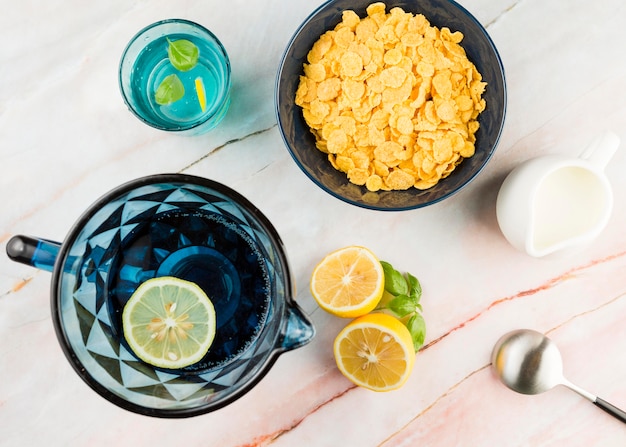
Can You Cook Spaghetti with Gasoline? (The Shocking Truth)
Cooking TipsWe've all seen those crazy internet trends. You know, the ones that make you wonder, "Did someone actually try...
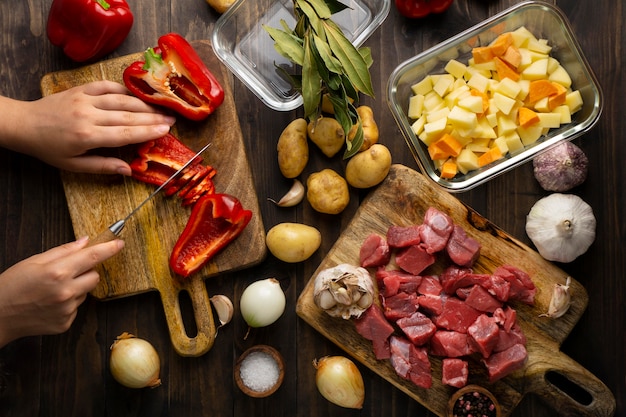
Chorizo and Eggs Recipe: The Ultimate Guide
Cooking TipsRight, let’s talk about chorizo and eggs. You know, that classic Spanish dish that's always a winner. It's th...
